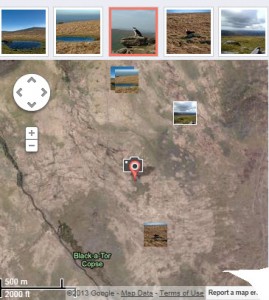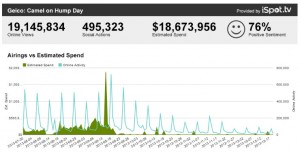ADD. Nature or Nurture.
Twitch Point Planning was born out of today’s fast twitch media world. Twitch point planning attempts to understand, map and manipulate consumers — moving them closer to a transaction via the various media types we digital agers touch every day. Though much fast twitch media is technology-based (tablets, smart phones, geolocation, video, etc.) the actions that support it are behavioral. And it is all attention deficit related. So which came first the behavior or the technology?
According to a new study reported by CBS, SpongeBob Square Pants cartoons, with its fast cuts and jumpy story lines, contribute to attention deficit in kids. The study analyzed a small sample of kids (60) but the results are still predictable.
And if kids are becoming predisposed to media twitching thanks to cartoons, wait until they grow up. Many children are hyper enough — no need to fuel that fire. Can someone say “quiet time?” Will these kids be able to sit down for 3 hours and read text books or in later years snuggle up to a good Kindle?
I’m all for using twitch point planning to make a few bucks, but long term this may be a bigger issue worth studying. And fixing. Or the pharmaceutical companies will be investing in the cartoon business pretty soon. Peace.






